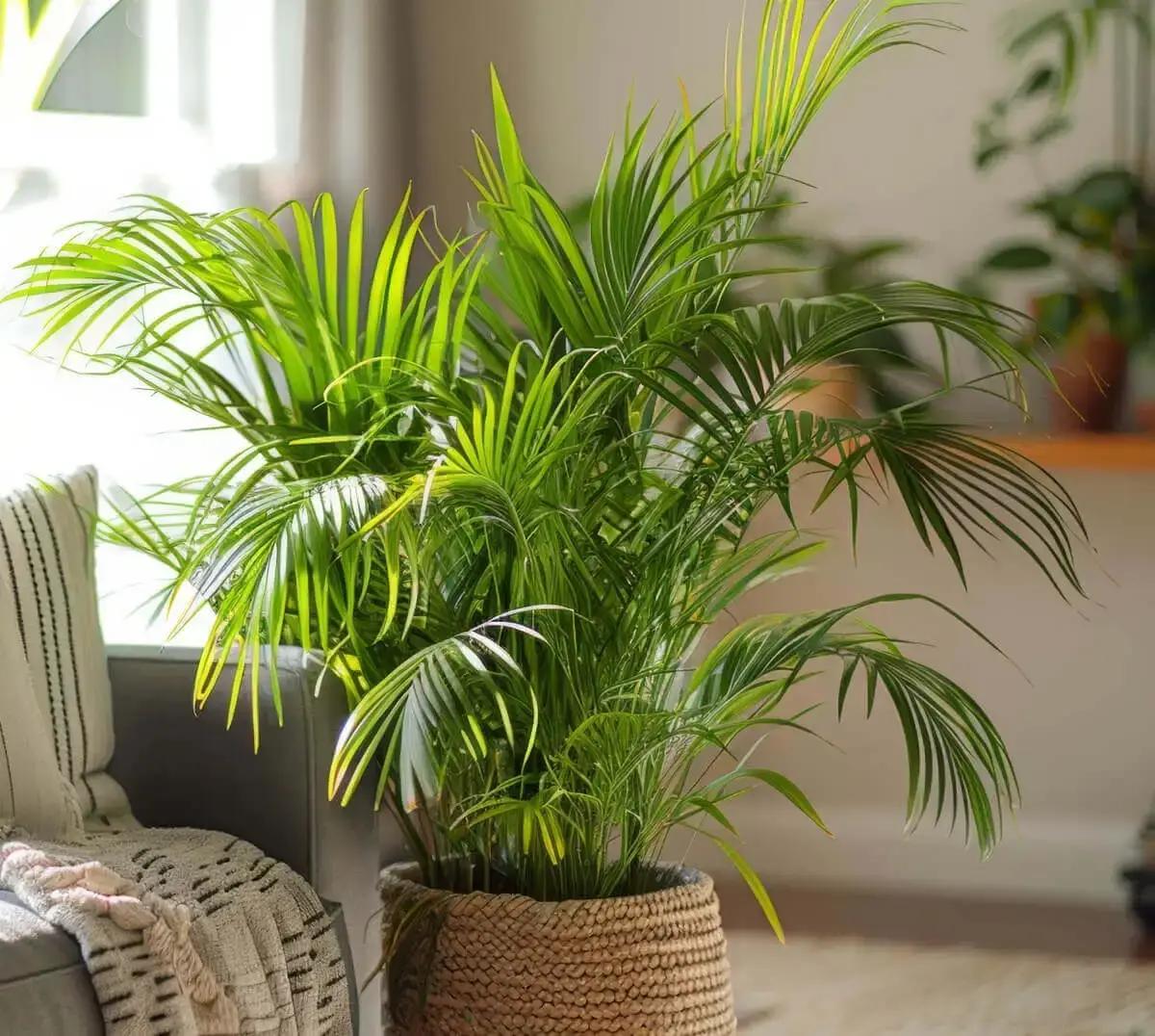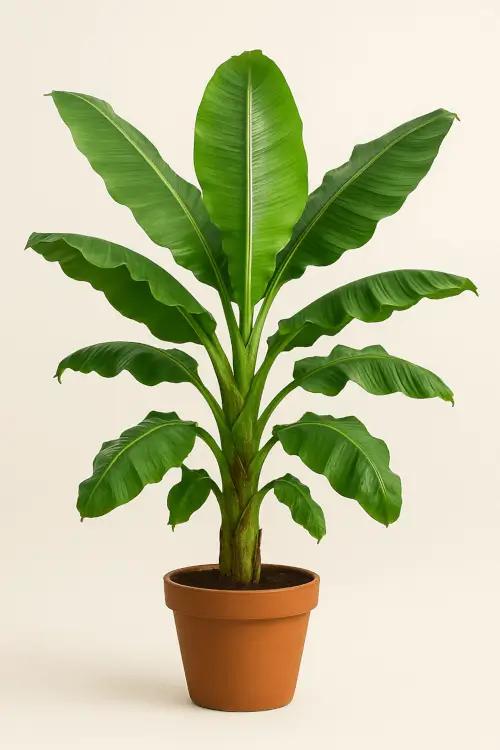Rubber Plant
Ficus elastica

The Rubber Plant (Ficus elastica) is a popular indoor tree known for its thick, shiny leaves, upright growth, and resilience. Native to Southeast Asia, it was once harvested for its latex (hence the name) but is now grown widely as a stylish, sculptural houseplant.
It can adapt to medium light but thrives in bright, indirect sun, and it's one of the easier large plants to care for. It grows tall and bushy with time and can be shaped through pruning. The deep green, burgundy, or variegated leaves add dramatic contrast to any room.
While it's easy to care for, keep in mind that its sap is toxic if ingested and can cause skin irritation — so it’s best kept away from pets and small children.
Quick Info
- Light: Bright
- Water: Medium
- Size: 4–6 feet indoors
- Humidity: Moderate
- Temp: 60–80°F (16–27°C)
- Flowering: Yes
- Type: Tropical, Tree
- Dog Safe: No
- Cat Safe: No
- Kid Safe: No
Toxicity Info
- Dog Safe: No
- Cat Safe: No
- Kid Safe: No
Notes for Pets: Toxic if ingested
Notes for Kids: Sap can irritate skin or mouth
Care Instructions
Light: Place your Rubber Plant in a bright room with indirect sunlight, ideally near an east- or west-facing window. It can tolerate some direct morning light but avoid harsh afternoon sun.
Soil: Use a well-draining indoor potting mix, ideally one with peat, pine bark, and perlite or sand.
Watering: Water when the top 1–2 inches of soil feel dry. Don’t let the plant sit in water — empty the saucer after watering.
Humidity: While it tolerates average indoor humidity, it appreciates occasional misting, especially in dry climates or during winter.
Leaf Care: Wipe the leaves with a damp cloth every couple of weeks to remove dust and enhance shine.
Rotation: Rotate the plant every 1–2 weeks to encourage balanced, upright growth.
Pruning: Prune to control height, encourage branching, or remove leggy growth. Always cut just above a node (where a leaf meets the stem).
Fertilizer: Feed monthly in spring and summer with a balanced liquid fertilizer, diluted to half strength. Skip fertilizing in winter.
Common Problems
- Yellow leaves: Usually caused by overwatering or inconsistent watering habits. Let the soil dry slightly between waterings.
- Drooping: Often due to underwatering or sudden cold exposure. Try adjusting your watering routine or moving it away from drafts.
- Leaf loss: Common after relocation or sudden light changes. Allow time to adjust in a consistent spot.
FAQs
Yes — they can reach 6 feet or more in containers with good light and space.
No — the milky sap is toxic to pets and can irritate mouths or skin.
Prune just above a node (where a leaf was) to encourage branching.


